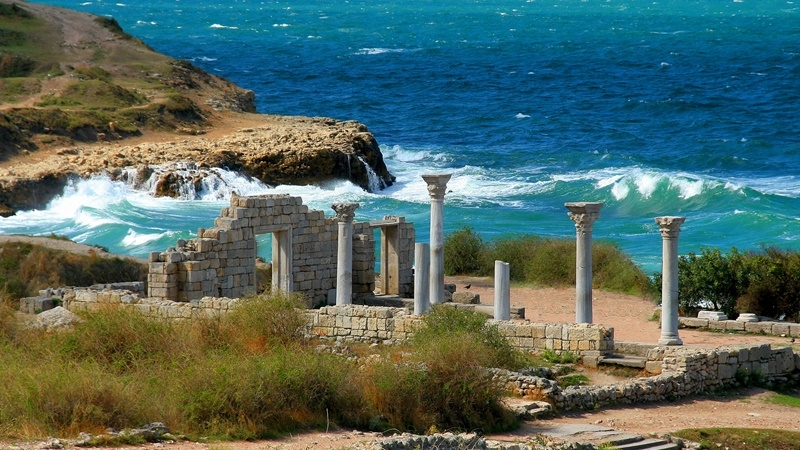Russia deliberately destroys the historical and cultural treasures on the peninsula and attempts to replace them with monuments to tyrants or to the so-called "polite men." ["Polite men" is a Moscow propagandists' term for the military forces used in the operation to occupy the Ukrainian peninsula of Crimea in the winter-spring of 2014 - Editor].
 KIEV (QHA) - According to information from the Ministry of Culture of Ukraine, prior to the Russian occupation of Crimea, on the territory of the peninsula there were 6 large historical and cultural preserves, including the Tauric Chersonese National Preserve in Sevastopol, the Alupka State Palace-Park Museum-Preserve Complex, the Bakhchysarai State Historical and Cultural Preserve and others.
Also in the Crimea there were 54 museums, including 35 state and municipal ones in the Autonomous Republic of Crimea and 5 in Sevastopol, where more than 1.2 million main exposition items, about 400 thousand scientific and auxiliary items and more than 2 million archival materials (documents and audiovisual materials) were preserved.
On August 8, 2014 - mere months after the annexation - the illegitimate State Council of Crimea adopted the "Law on the Sites of the Crimean Cultural Heritage," which states that the Russian Federation was entitled to all museum artifacts and cultural monuments of the peninsula.
After that, in January 2015, the Russian State Duma passed a law simplifying the procedure for including the Crimean cultural heritage in Russian museum registries. And on October 17, 2015, Russian Prime Minister Dmitry Medvedev signed an order that included more than 220 cultural and historical monuments of the Crimea in the list of Russian federal sites, including ancient cave settlements, remains of medieval fortresses, artifacts of the Khan's Palace at Bakhchysarai and Tauric Chersonesos, churches, mosques, monuments of architecture and others.
Despite these laws adopted by the Russian occupation authorities, the Crimean architectural monuments are being destroyed not just by the passage of time, but also by the hands of the so-called "Crimean authorities," and the peninsula's cultural treasures are constantly moved to Russia.
KIEV (QHA) - According to information from the Ministry of Culture of Ukraine, prior to the Russian occupation of Crimea, on the territory of the peninsula there were 6 large historical and cultural preserves, including the Tauric Chersonese National Preserve in Sevastopol, the Alupka State Palace-Park Museum-Preserve Complex, the Bakhchysarai State Historical and Cultural Preserve and others.
Also in the Crimea there were 54 museums, including 35 state and municipal ones in the Autonomous Republic of Crimea and 5 in Sevastopol, where more than 1.2 million main exposition items, about 400 thousand scientific and auxiliary items and more than 2 million archival materials (documents and audiovisual materials) were preserved.
On August 8, 2014 - mere months after the annexation - the illegitimate State Council of Crimea adopted the "Law on the Sites of the Crimean Cultural Heritage," which states that the Russian Federation was entitled to all museum artifacts and cultural monuments of the peninsula.
After that, in January 2015, the Russian State Duma passed a law simplifying the procedure for including the Crimean cultural heritage in Russian museum registries. And on October 17, 2015, Russian Prime Minister Dmitry Medvedev signed an order that included more than 220 cultural and historical monuments of the Crimea in the list of Russian federal sites, including ancient cave settlements, remains of medieval fortresses, artifacts of the Khan's Palace at Bakhchysarai and Tauric Chersonesos, churches, mosques, monuments of architecture and others.
Despite these laws adopted by the Russian occupation authorities, the Crimean architectural monuments are being destroyed not just by the passage of time, but also by the hands of the so-called "Crimean authorities," and the peninsula's cultural treasures are constantly moved to Russia.
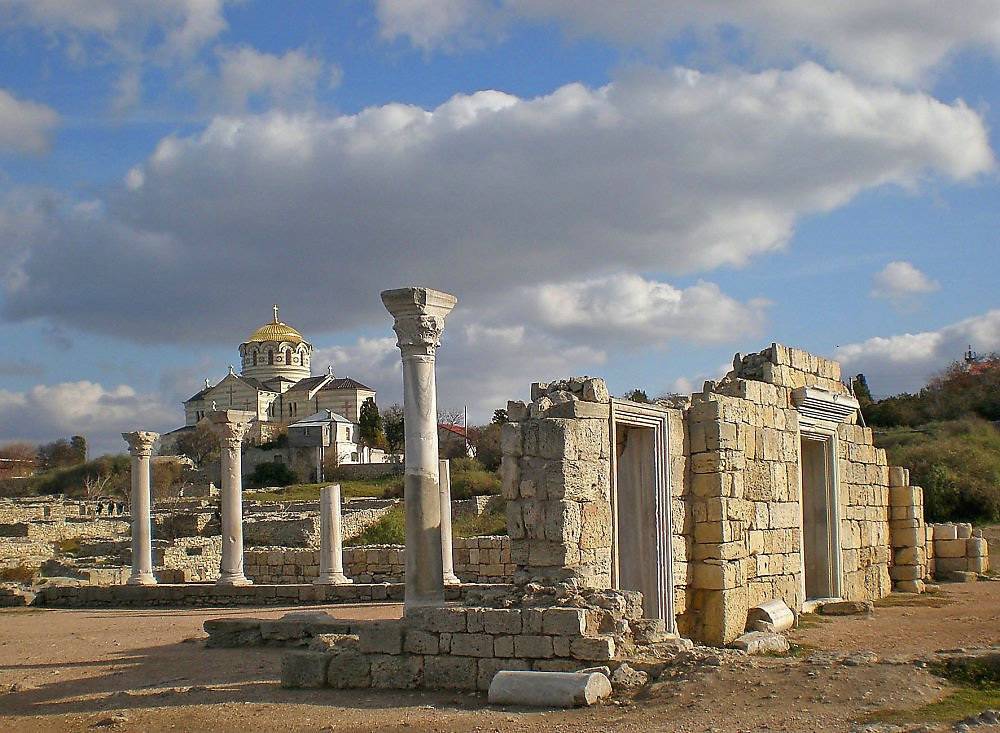
"Russian Orthodox" Tauric Chersonesos
Sadly, the biggest victim has been the ancient city of Tauric Chersonesos, a UNESCO's cultural heritage site. When Crimea was occupied, the international organization flatly refused to recognize the Russian status of the Ukrainian site. Moreover, in 2016 UNESCO added Chersonesos to the list of places that are dangerous to visit on a par with the monuments of Syria and Afghanistan. Meanwhile, the occupation authorities replaced the leadership of the Tauric Chersonesos historical-archeological museum-preserve with Svetlana Melnikova, the former head of the Vladimir-Suzdal Museum-Preserve in Russia. The same fate befell the director of the Museum of Heroic Defense and Liberation of Sevastopol. It's director Oleksandr Rudometov was forced to resign giving way to Colonel Nikolay Musiyenko, former deputy director of the Stalingrad Battle Museum in Russia.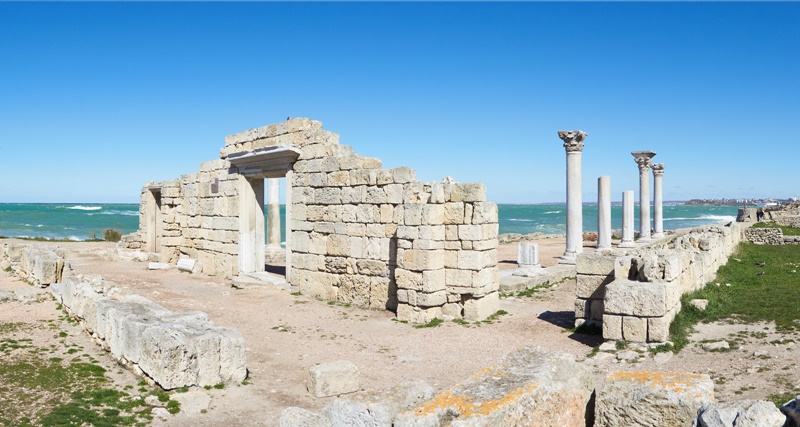
The Russian Federation has not only illegally appropriated all of the Crimean cultural monuments, but also has been moving collections from the Crimea to the St. Petersburg Hermitage Museum, including unique exhibits from the Tauric Chersonese National Preserve, Sudak, and the Central Museum of Tauria in Simferopol."The preserve is sliding from scientific research towards religiosity and breaking ties between Chersonesos and its international partners. The staff of the preserve is being cut down, about 10% have already been dismissed," - said Valentyna Potapova, deputy head of the "Almenda" civic education center, who participated in the review.
The Russian military also claimed a part of the unique historical site for itself, having decided to build a helicopter pad inside of the Tauric Chersonese National Preserve. The invader's military do not care much about preserving the cultural monument and, without much consideration, they took and destroyed an ancient manor in the preserve territory."I want to emphasize that the commission by the Russian Federation of any actions in the temporarily occupied territory of Ukraine, directed, in particular, to change the jurisdiction over sites of cultural, industrial and technical heritage of Ukraine, is a direct violation of Ukraine's sovereign rights, as well as universally recognized norms and principles of the international humanitarian rights," - the head of the permanent delegation of the Verkhovna Rada of Ukraine in the Parliamentary Assembly of the Black Sea Economic Cooperation Lyudmyla Denisova noted.
Occupation authorities are destroying the Khan's Palace
After Tauric Chersonesos, the invaders set their sights on the Khan's Palace. Last summer the Russian-controlled scientific and methodological council of the State Committee for the Protection of Cultural Heritage decided to conduct "emergency work" at the palace at Bakhchysarai. The former residence of the Crimean khans had been a candidate for inclusion in the UNESCO World Heritage List prior to annexation.
"What do you think, what will happen if they [the Russian authorities of the Crimea -- Ed.] are allowed to conduct the restoration of the palace? At best, they will slap together something similar-looking from cheap modern materials, destroying all original and old cultural layers, murals, carvings, ornaments, etc., at worst - everything will be split apart into small pieces and end up in private collections, and in its place will remain a heap of construction debris," - Zair Smedlyayev, the head of the Central Executive Committee of the Kurultai of the Crimean Tatar people, wrote.
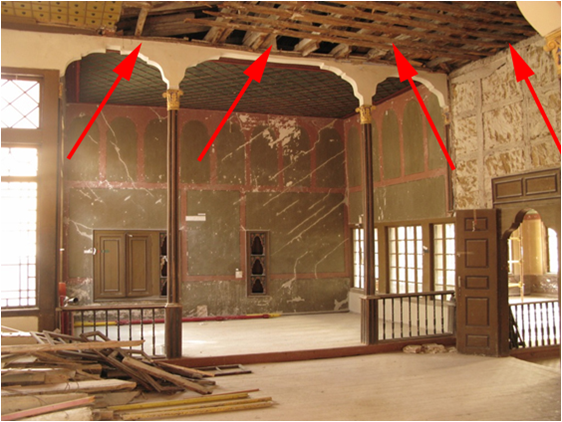

The project provides for the construction of a six-pillar metal canopy over the Khan's Palace. One of the pillars, according to the latest information, will rest directly on the roof of the harem. To address that concern the designers of the restoration project have responded that they will simply move it slightly to the side. But such actions and changes are capable of completely destroying the cultural site."The current critical state of all cultural sites, including the Khan's Palace, is a direct result of the actions of the occupation authorities. The Ministry of Culture of Ukraine regards such actions of the occupation authorities as an enemy act aimed at destroying the cultural heritage of the Crimean Tatars. And as we know, today the Crimean Tatar people on the territory of the Crimea are experiencing an open repressive attitude on the part of the occupiers," - the Deputy Minister of Culture Tamara Mazur emphasized.
Swallow's Nest Castle shut down for 3 years due to nearby construction of villas for the elite
The top tourist destination, Lastochkino Gnezdo (Swallow's Nest) castle is closed for 3 years. The official explanation is that this symbol of Crimea has been closed for reconstruction and repair works. According to the unofficial sources -- the palace was closed due to the construction of elite villas in the neighborhood.
"The site is unique, there is no such thing in the world. The foundation of it is a rock. First of all, you need to strengthen the cliff. There are many opinions. One of the options: injection. In the voids in the rock, a special material is pumped, which holds the rock together. We are told that at the moment all this can be done," - Swallow's Nest Palace-Castle Deputy Director Alexander Levin says.


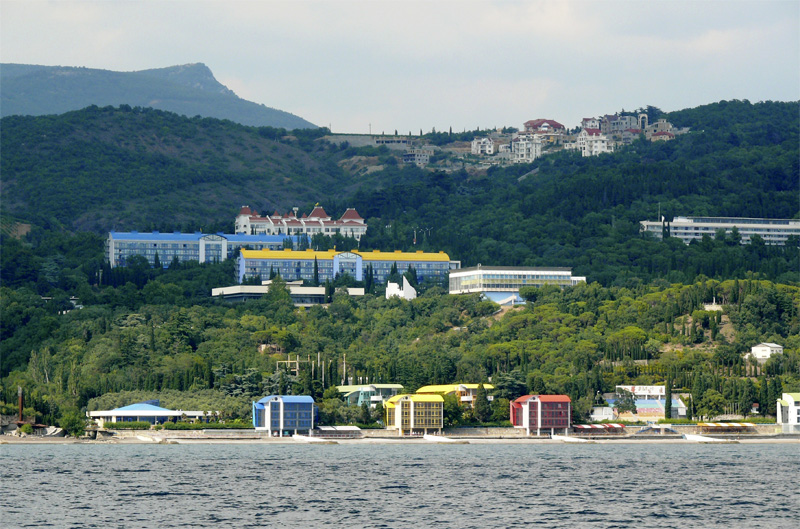
There was a lot of free space around the villa. I think after its demolition, Artek would be able to build here a couple of new buildings. But near the villa is an ancient Muslim cemetery. There are maps that confirm this, - Ihor Baryshnikov, a public figure from Hurzuf [where Artek is located], said.
Exhibits of Crimean museums are taken to the Hermitage
Last year, the State Committee for the Protection of the Cultural Heritage of the Crimea planned to carry out restoration and repair works in the amount of 1.2 million rubles. In addition to the planned 20 sites, except Swallow's Nest (132 million rubles), Livadia Palace (83 million rubles), the Khan's Palace in Bakhchysarai (148 million rubles), it was decided to add to the list two more buildings in Evpatoria: the former kenassa building (1896) and the Ruschinsky Gymnasium building. In regard to the Khan's Palace and the Swallow's Nest, the experts of the department only gave recommendations on conducting further work.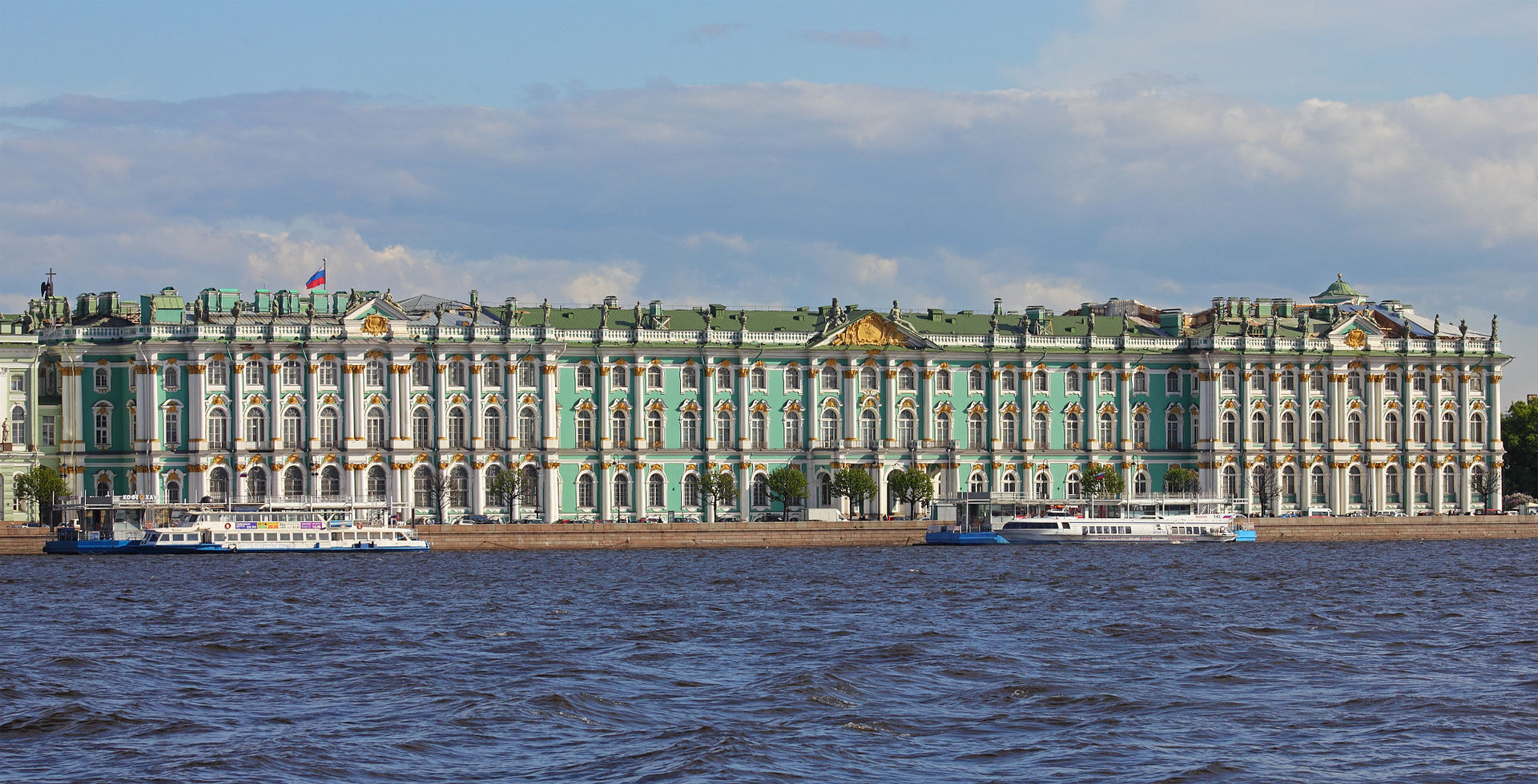
In June 2016, the Tretyakov Gallery in Moscow opened an exhibition dedicated to the 200th anniversary of the birth of artist Ivan Aivazovsky, for which his paintings owned by Crimean museums were sent. Crimean "Minister" of Culture Arina Novoselskaya said that 38 paintings by Aivazovsky were taken to the exhibition in Moscow on July 11. Then the exhibition will be moved to continue in St. Petersburg.
Meanwhile, on the mainland Ukraine, there are doubts that the Russian Federation will return the paintings of the famous artist."We transfer the paintings to the famous museum - the Tretyakov Gallery, and not some private collection. There will be other valuable and rare exhibits, therefore the security of the exposition is provided at a high level. There is also a special procedure for transferring and receiving pictures. After the events, the experts of the Aivazovsky Gallery will check the correspondence of the originals," - Tetyana Haiduk, the director of the Aivazovsky Museum in Feodosia (Crimea) pointed out.
Ukraine's Prosecutor's Office of the Autonomous Republic of Crimea opened a criminal investigation into illegal seizure of control of Crimean cultural heritage sites by Russia. To support the investigation, in 2015 Ukraine began to create a register of cultural and historical treasures that were located in the temporarily occupied territories of Crimea and the Donbas."Pictures Aivazovsky from the gallery in Feodosia is a part of the State Museum Fund of Ukraine. The Ministry of Culture, as the central body of the executive power, must authorize the physical movement of such objects. Accordingly, everything that is carried out without such permission is illegal," - Vasyl Rozhko, the head of the department of museum business and cultural values of Ukraine's Ministry of Culture said.
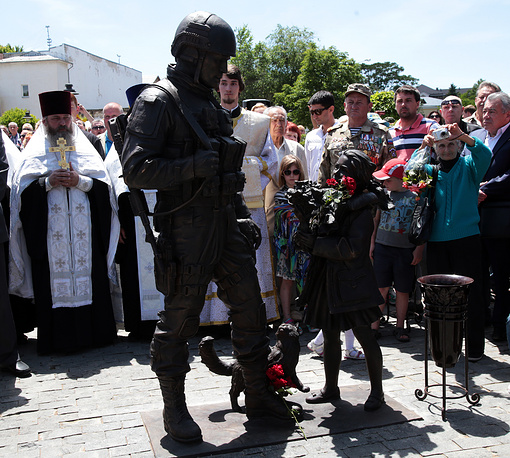
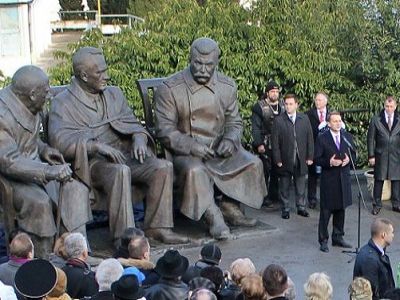
Read More:
- “After the third shock, my brain exploded”: Crimean Tatar activist says FSB tortured him with electricity to obtain “confessions”
- Due to political repression, nearly hundred Crimean kids grow up without fathers
- A year after prominent activist was kidnapped in Crimea nobody knows if he’s alive
- Putin doesn’t want Russians to continue focusing on Crimea, Goryunova says
- Fixing mistakes. How Ukraine treats Crimean Tatars after the occupation of Crimea
- “Culture can help us stitch our country together without blood”: Crimean Tatar filmmaker
- Haytarma: the film about Stalin’s deportation of the Crimean Tatars Russia doesn’t want you to see | Watch online
- Is Moscow about to transform occupied Crimea into an Islamist enclave?
- Council of Europe demands Russia reinstate Crimean Tatar Mejlis, allow leaders to enter Crimea
- The death of the Massandra winery in occupied Crimea
- Who is Zeytullaev, the Crimean Tatar Russia just sentenced to 12 years without a crime?
- Three years later: Russia’s suicide by Crimea
- The Crimean Anschluss at three: ‘A jubilee of stupidity and criminality’

